#PlasticInMammals research – Looking at the ingestion of plastic by our UK small mammal populations
This post is greater than 6 months old - links may be broken or out of date. Proceed with caution!

By Emily Thrift, MSci graduate
So why are we interested in terrestrial systems?
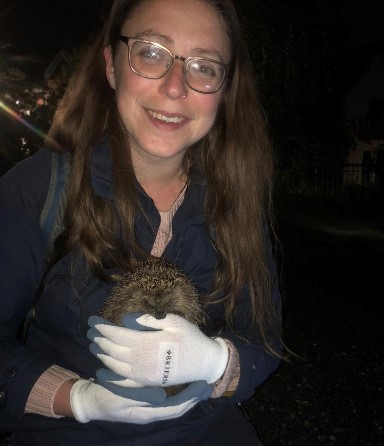
During the past decades there has been growing concern about the ecological impacts of plastic waste, however, this has not ceased plastic production. In 2019 alone, global production reached a staggering 370 MT, with Europe being responsible for almost 57.9 MT. Our understanding of how microplastic (<1mm) and mesoplastic (1 - <10mm) pollution in aquatic systems has been extensively researched in recent years, however, the same cannot be said for their terrestrial counterparts. In 2016, it is estimated that between 19-23 MT (11%) of global plastic waste entered the oceans leaving 89% on land. Although most of this waste is buried in landfill, incinerated or recycled, significant amounts are mismanaged. Within the UK this does not just mean in urban locations that have rubbish but also rural ones often in agricultural areas due to silage film, or other plastics used. Furthermore, sewage sludge is a concern. In 2016, over 80% of the 1.79 billion MT of sewage sludge produced in the EU was sprayed onto agricultural land, and this contained an estimated 63,000- 430,000 tonnes of microplastics. Recently, the UK has started importing sewage sludge from other European countries to spray.
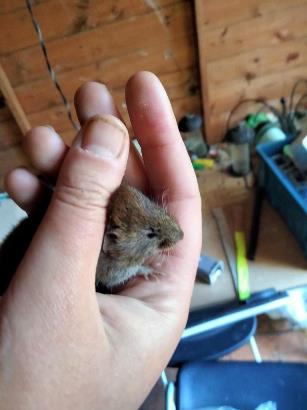
Why small mammals?
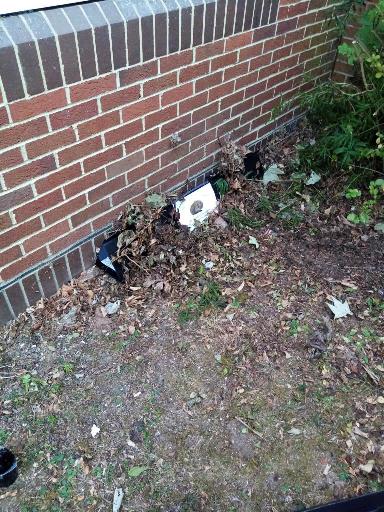
Of the studies carried out in terrestrial systems a recent study by Carlin and colleagues was able to show that terrestrial raptors had higher quantities of plastic in their guts when comparing with raptors that hunted in marine environments. Although terrestrial hunting raptors consume a mix of prey, large amounts of it are often formed of small mammals. This along with other studies that found earthworms contained microplastics and the impact of plastic on the organs of laboratory mice, led to us wondering about the scale of exposure of small UK terrestrial mammals and its impacts on their health. For this research seven species: hedgehog, bank vole, field vole, wood mouse, pygmy shrew, brown rat and rabbit were studied to cover the three feeding guilds (herbivorous, insectivorous and omnivorous). The samples were collected by a variety of means, by the researchers and citizen scientists that were spread across the UK, in both rural and urban locations.
Our findings
Our findings indicated that four of the seven species hedgehog, field vole, wood mouse and brown rat were found to contain microplastics in their faeces. Of the 261 samples tested 16.5% were plastic positive and this was spread across the UK, habitat types and feeding guilds. The main types of polymers found were polyester, polyethylene and polynorbornene. Polyester, is now widely used in textiles, was the most identified plastic polymer in this study. As the fast fashion industry rises, it is now the most commonly used material in clothing, with up to one million items of clothing estimated to be sent to landfill per day in the UK alone. A recent study found that when 1kg of synthetic fabrics is washed, between 124- 308mg of microfibres were released. These enter the wastewater system and subsequently sewage sludge. It is now one of the most frequently found polymers in the soils of the land sprayed with sludge. It has recently also been showed just through wear of clothing or upholstery containing polyester almost as much is lost to the environment as occurs when washing it.
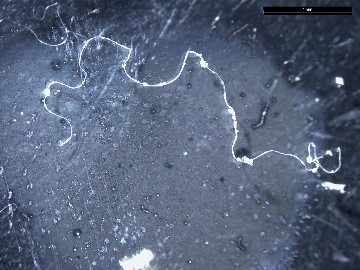
Perhaps unsurprisingly polyethylene (PE) was also abundant in our study, occurring both as pure PE and as EVA (a PE copolymer). The most common use of polyethylene is in single-use packaging, and in 2019 was one of the most highly produced plastics in Europe. Of the UK industries that use single use packaging, supermarkets account for 67% annually, and in 2018 only 44.2% was recycled only a slight increase on previous years.
Polynorbornene (PNB), was the third most commonly detected polymer, which is largely used in tyres and sports goods. Polynorbornene is often recycled, for example, to make surfaces for playparks, and such recycled products may act as large ongoing sources of emissions.
It must also be noted that 27% of the polymers found are what is deemed as ‘biodegradable’. This suggests that although they may degrade faster than other polymers, biodegradable plastics are still being ingested by small mammals, suggesting further research is required.
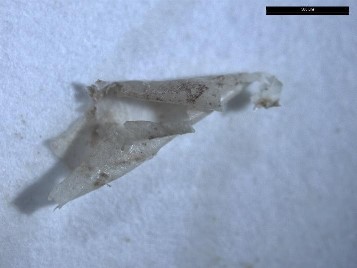
What is next?
Further research is now required to increase our understanding of the scale of this issue and the impacts plastics have on the health of our small mammals. As both hedgehog and vole numbers are decreasing this is of upmost importance. I will be continuing this research as part of my PhD in the not to distant future.
How can I help?
We must aim to achieve a circular economy and thereby reduce the ongoing impacts faced by our wildlife due to the waste we produce. To reduce this risk, then you must reduce your use of plastic. Reuse and recycle any plastic that is required. If you see rubbish then pick it up, spread the word of the dangers of plastic and set up a litter pick.
To find out more click here
Updated information October 2023:
Emily Thrift is a Doctoral Tutor of Geography and a Research Associate at the University of Sussex, where she is completing a PhD on the impact of plastics in mammals.
More from University of Sussex